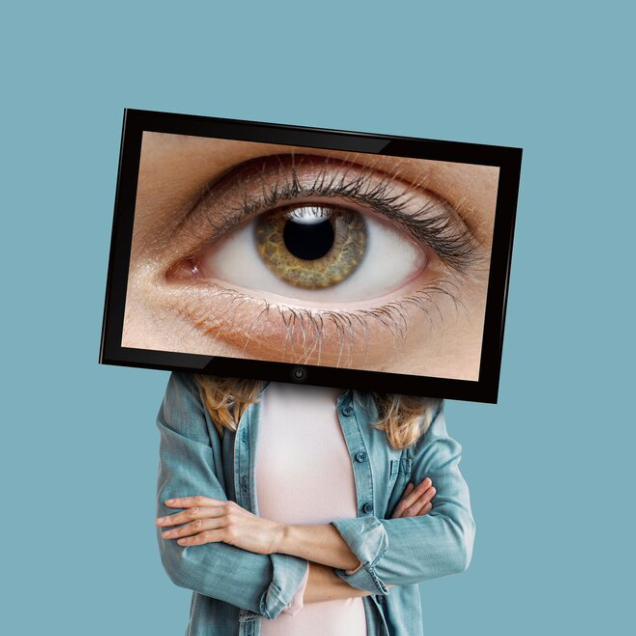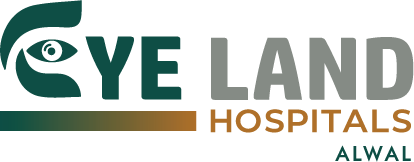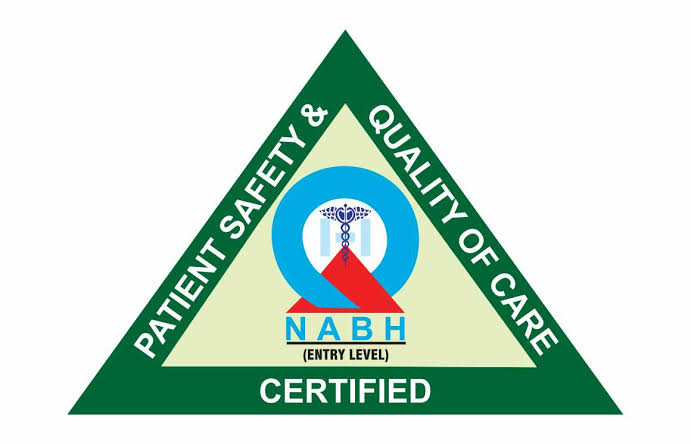Cataract

Cataract
Cataracts, a very familiar eye condition affecting a huge percentage of people around the world. While you know what it looks like, here’s something more you should know – A cataract is a common eye condition where the lens inside the eye becomes cloudy, leading to blurry vision. It’s more common as we age but can affect younger people too. Fortunately, cataracts can be treated with a simple surgical procedure, resulting in improved vision. At our eye hospitals, we specialize in diagnosing and treating cataracts to help patients regain clear vision and improve their quality of life. If you’re experiencing vision problems, we’re here to help.
Here are the potential causes of cataracts:
- Aging: The most common cause; the proteins in the lens of the eye break down and clump together, causing cloudiness.
- Genetics: A family history of cataracts can increase the risk.
- Trauma: Injury to the eye can lead to cataract formation.
- Medical conditions: Such as diabetes or prolonged exposure to ultraviolet light.

Stay assured, we are equipped with the best!
At Eyeland Hospitals, we utilize the revolutionary Alcon Legionphaco Machine, a state-of-the-art equipment that is transforming cataract surgery. With its advanced phacoemulsification technology, this machine enables our surgeons to perform procedures with unparalleled precision, resulting in improved outcomes for our patients. Precision is paramount in cataract surgery planning, which is why we utilize the A-Scan by Biomedix. This device provides accurate measurements of axial length, essential for calculating intraocular lens power and achieving optimal visual outcomes for our cataract patients.
In addition to our advanced equipment, our hospital features modular operation theatres equipped with the most sophisticated surgical instruments and technology to ensure safe and precise eye surgeries. We also employ advanced monitoring and recording systems to continuously monitor patients’ physiological parameters during procedures, ensuring comprehensive care and documentation.
1. What are the symptoms of cataracts?
Symptoms of cataracts may include blurry or cloudy vision, difficulty seeing at night, increased sensitivity to glare, halos around lights, and faded colours.
2. What causes cataracts to develop?
Cataracts develop when the proteins in the lens of the eye clump together, causing cloudiness and loss of transparency. Ageing is the most common cause, but cataracts can also result from factors such as genetics, injury, or medical conditions like diabetes.
3. Can cataracts be prevented?
While cataracts cannot always be prevented, certain lifestyle choices may help reduce the risk of developing them. These include protecting the eyes from UV radiation, quitting smoking, maintaining a healthy diet, and managing medical conditions like diabetes.
4. How is cataract diagnosed?
Cataracts are diagnosed through a comprehensive eye examination, including visual acuity testing, evaluation of lens clarity, and assessment of other eye structures. Dilating eye drops may be used to provide a clearer view of the lens.
5. Is surgery the only treatment option for cataracts?
Surgery is the most common and effective treatment for cataracts. However, in the early stages, vision aids such as glasses or contact lenses may help improve vision temporarily.
6. What is cataract surgery, and how is it performed?
Cataract surgery involves removing the cloudy lens and replacing it with an artificial intraocular lens (IOL). The procedure is usually performed on an outpatient basis and typically takes less than an hour to complete.
7. What are the risks associated with cataract surgery?
Cataract surgery is generally safe, but like any surgery, it carries some risks, including infection, bleeding, inflammation, retinal detachment, and temporary or permanent changes in vision. Our experts will suggest accurate care to keep all risks at bay.
8. How long does it take to recover from cataract surgery?
Most people recover from cataract surgery within a few days to weeks. It’s common to experience some blurry vision, mild discomfort, and sensitivity to light initially, but these symptoms typically improve as the eye heals.

